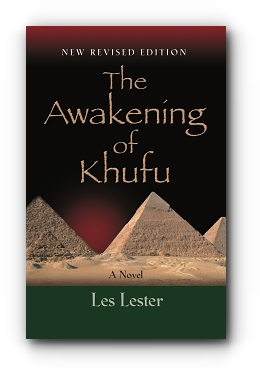| ||||||||||||||||
| Category: Fiction |
(requires Adobe Reader)
|
| About the Book | |
|
James Hannibal III never viewed himself as a Black activist, by any stretch of the imagination. In fact, while many were marching for Black liberation, during his college days, he was single mindedly studying to achieve his dream—to become a geneticist. But life has its way of landing us where we least expect, in the most common of ways. After all, he had studied to be a research scientist, which would mean many hours of quiet, scientific investigations, in a calm, sterile lab. Modern Egyptian officials, however, got wind of his breakthrough findings on cell memory prints, and his life would never be the same. James’ discovery had conclusively revealed that each cell in the human body contains the stored memories of an individual’s entire lifetime. And via DNA sequencing, he realizes he can utilize a single cell to bring Pharaoh Khufu, the builder of the Great Pyramid at Giza, back to life in the twenty-first century. The resulting maelstrom surrounding Khufu’s return reorders modern society’s assumptions on race in the pre-Hellenistic ancient world and, subsequently, our accompanying views today.
|
|
| About the Author | |
 |
Les Lester has worked as a reporter for the Chicago Defender newspaper and in radio news. He began his media career with Ebony magazine’s sister radio station WJPC. The Awakening of Khufu is his first novel. |

